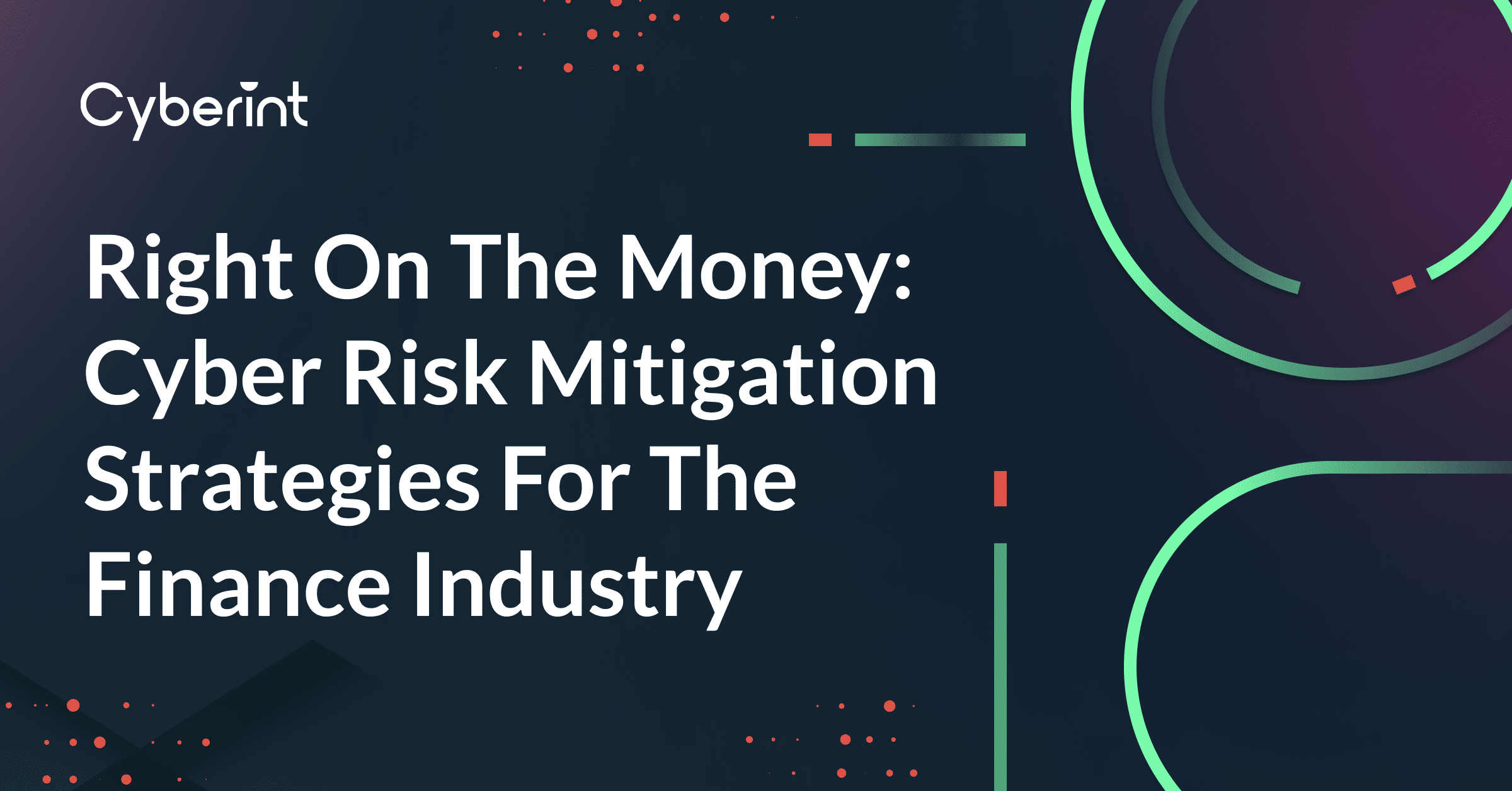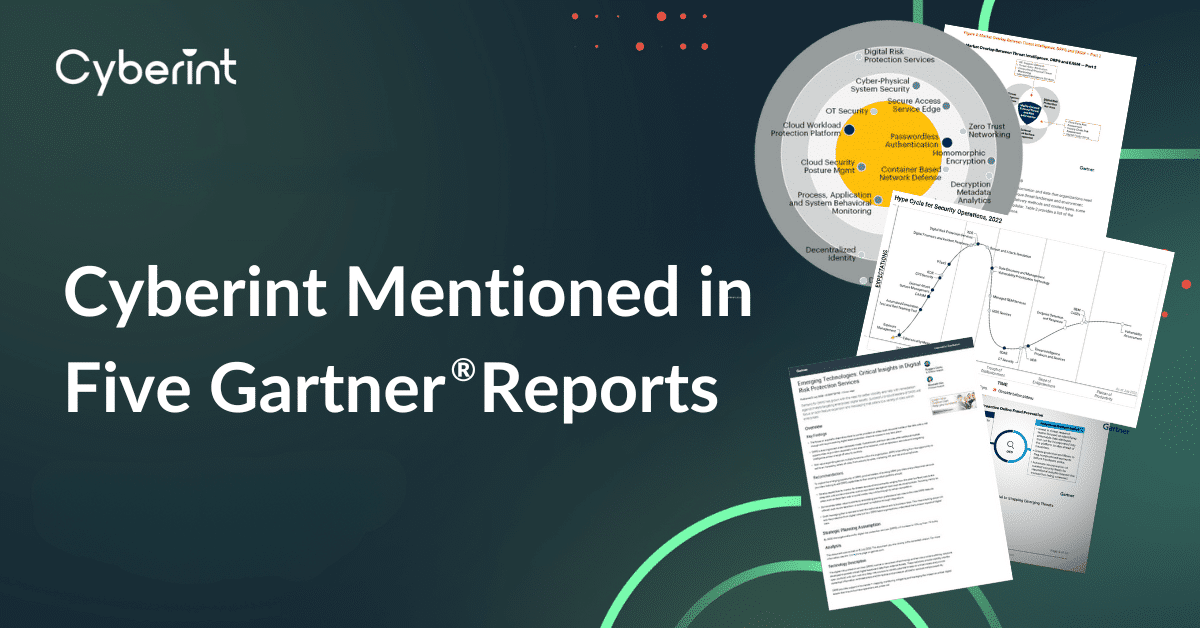



Daniel is a seasoned cybersecurity product marketing professional with experience in cryptographic solutions, attack surface management, threat intelligence, and more.
Cybersecurity isn’t easy in any industry, but it is perhaps most challenging for the banking, financial services, and insurance (BFSI) sector.
Financial institutions are highly digitized and have large, complex IT infrastructures with many environments and assets to protect. At the same time, these enterprises are highly targeted by threat actors, leading to a constant barrage of attacks to detect and disrupt.
This blog post will highlight some of the most pressing cyber risks facing the BFSI industry, as well as strategies for effectively mitigating these risks.
For Bad Actors, The BFSI Industry Is A Cash Cow
Threat actors target banks and financial institutions because, if successful, cyber attacks on BFSI enterprises give attackers more buck for their bang. It’s just a better return on investment for the bad guys.
On average, cyber attacks cost 37% more for BFSI enterprises than they do for organizations in other industries—an average of $5.97 Million per breach for BFSI compared to just $4.35 Million on average for other sectors, according to IBM Cost of a Data Breach Report 2022.
Because attacks on BFSI are more lucrative, threat actors target organizations in these industries more frequently. The Verizon DBIR 2022 found that the finance industry had more reported breaches than any other vertical, at 690 reported breaches in 2022.
With BFSI in the crosshairs, it’s essential to focus on cyber resilience—the ability to quickly detect, investigate, respond, and recover from cyber attacks. One key component of a resilient cyber posture is threat intelligence. The sooner a blue team has visibility on a threat or risk, the faster they can disrupt it and return to business as usual.
Below are 5 strategies that BFSI enterprises can use to maintain resilience and mitigate external cyber risks.
Brand abuse can take many forms but the most common attacks are social media impersonation, fraudulent applications, and phishing sites that mimic an organization’s real website. These attack vectors use a bank’s brand name and logo to leverage the trust consumers place in those brand assets. Attacks of this nature can deploy malware and steal sensitive data, but they also damage the bank’s hard-earned brand reputation.
The most effective way to mitigate the risk of brand abuse is to continuously scan the web for misuse of brand names, product names, logos, and other trademarks. This technique should include everything from lookalike domains and phishing sites to fraudulent applications and fake social media profiles.
Banking trojans, InfoStealers, and other types of malware are designed to secretly steal data that can be used to compromise victims’ bank accounts, posing a costly threat to BFSI organizations. If attackers manage to take over customer accounts, they may be able to make fraudulent transactions and illegally transfer funds.
Threat Intelligence helps mitigate the risk of malware in several ways. First, it sheds light on the latest tactics and techniques that threat actors use in developing and delivering malware. It also helps to identify some of the delivery mechanisms: malicious applications, phishing sites, email servers that send out malicious emails, and so on. Lastly, threat intelligence uncovers malware logs from the deep and dark web so banks and financial institutions can discover exposed credentials and take action before threat actors do.
Banks and financial institutions have sprawling, complex IT environments. The first step to managing and protecting the external assets—that is, the ones that can be viewed and possibly attacked from the public Internet—is getting clear visibility on all of those assets and their associated vulnerabilities.
Automating the process of discovering and inventorying external assets will save time and detect new assets as the attack surface evolves and expands. Security teams should receive alerts whenever a major risk is detected on an external asset. Examples include high-risk CVEs, open remote access ports, and exposed cloud storage. The faster these risks are identified and remediated, the lower the chances they will lead to an incident.
The dark web is full of data dumps that contain all types of sensitive data: user credentials, proprietary source code, personally identifiable information, corporate intellectual property, and more. The BFSI industry must be especially vigilant around data security because regulations are tighter for financial institutions. On top of that, even a single data leakage could lead to significant financial damages.
While the ideal scenario is to never have any leaked data dumped on the dark web, the next best thing is to discover a leak immediately if one does occur. Suppose a bank’s customers’ or employees’ credentials are dumped or sold in a threat actor forum. If the security team learns of this threat early on, they can force affected users to update their passwords before any accounts are taken over.
The human factor contributes to many types of cyber risks: malicious links in emails that get clicked by unwitting employees, phishing sites that harvest credentials from customers who don’t recognize the site as a fraud, misconfigurations that leave cloud storage exposed to the public Internet, and so on.
Security awareness training can go a long way in helping BFSI personnel improve their individual security practices. This includes everything from using a secure passwords manager and enabling MFA everywhere possible to spotting phishing emails before they’ve opened and knowing not to click on suspicious emails, links, or websites. Using automated tools like the Cyberint Argos platform mitigates the risks of other types of errors: misconfigured databases and cloud storage, exposed web interfaces, open remote access ports, and other common issues that can give threat actors a leg up.
Cybersecurity is about people, processes, and technologies. By adhering to the strategies laid out in this blog, and iterating upon these practices over time to continuously improve, BFSI sector enterprises will significantly reduce the risk of a costly security incident.
To learn more, download Cyberint’s latest ebook: How BFSI Can Stop Threat Actors From Cashing In.

©1994–2025 Check Point Software Technologies Ltd. All rights reserved.
Copyright | Privacy Policy | Cookie Settings | Get the Latest News
Fill in your business email to start


